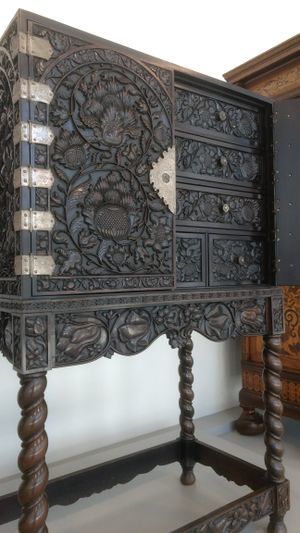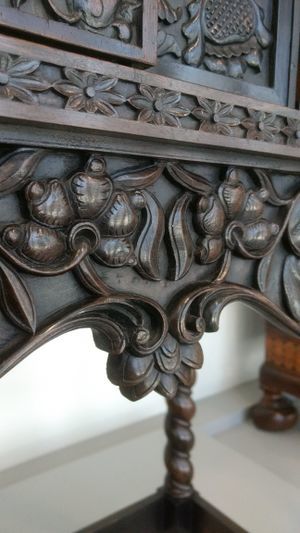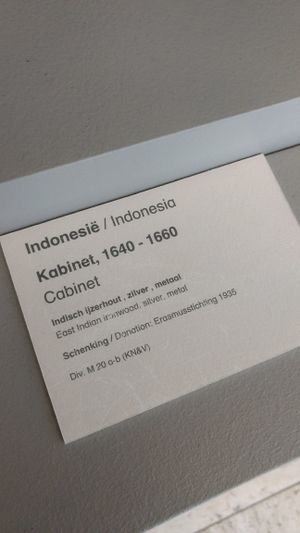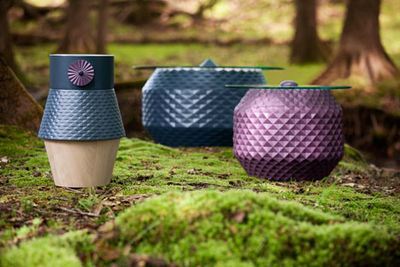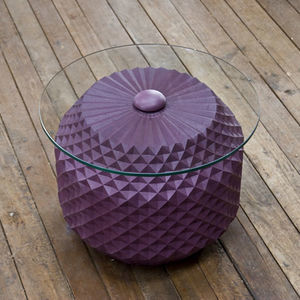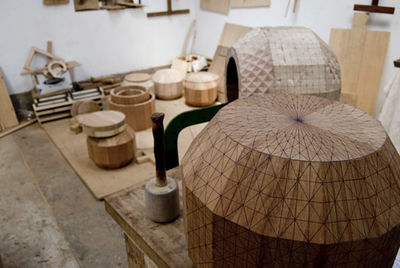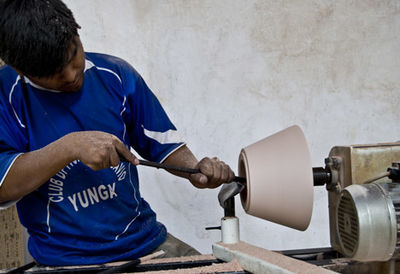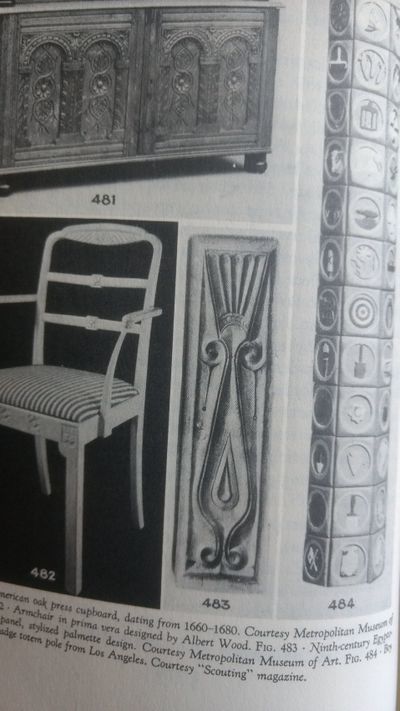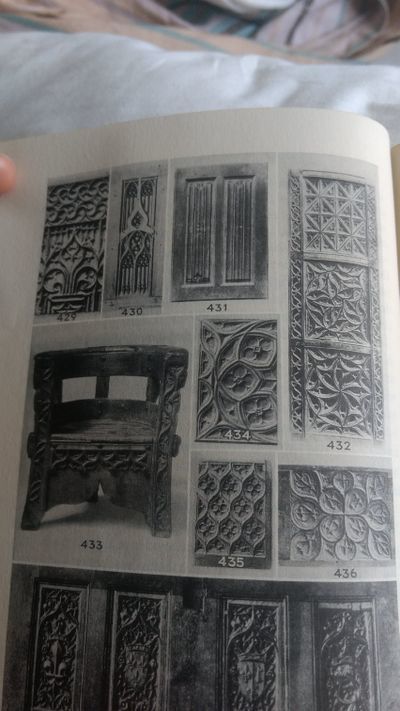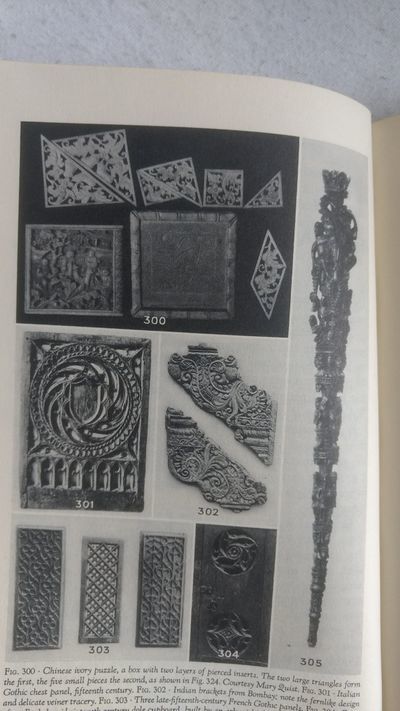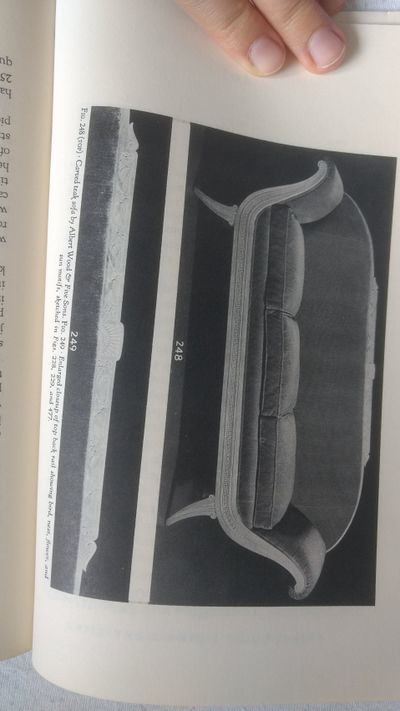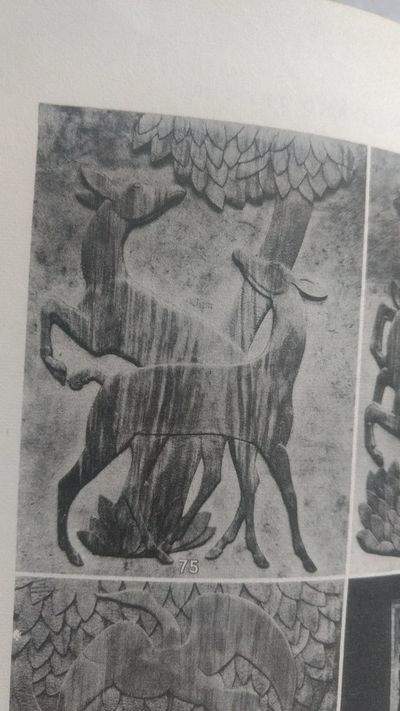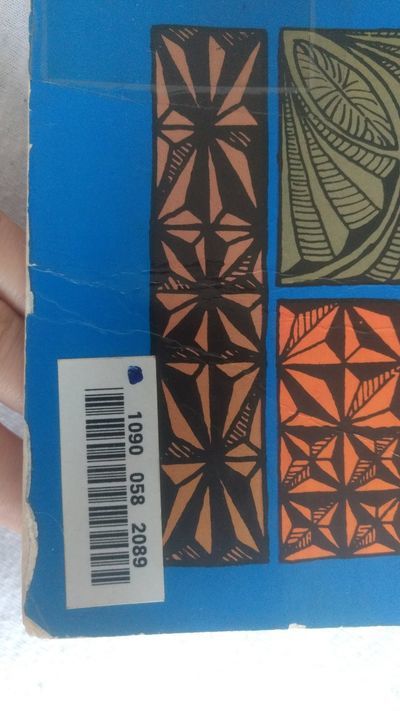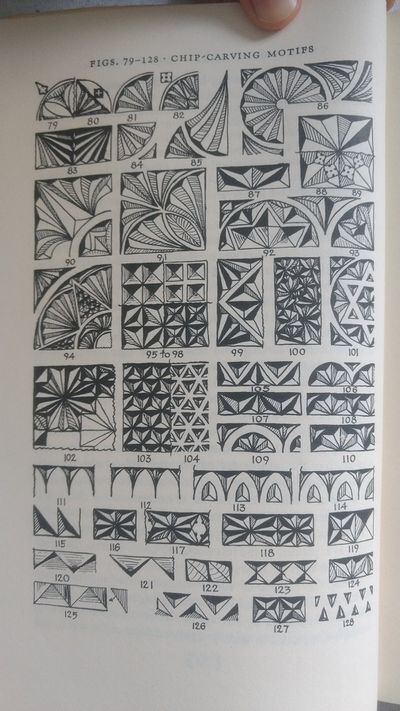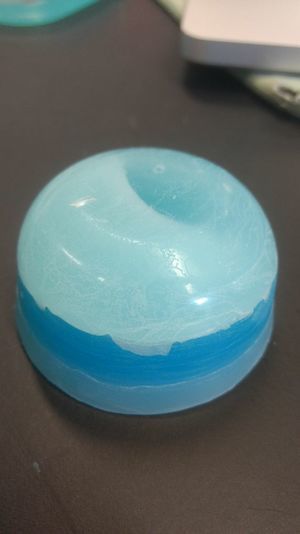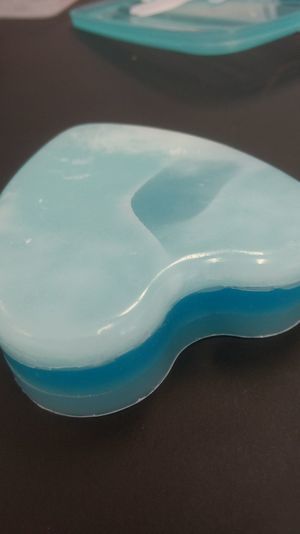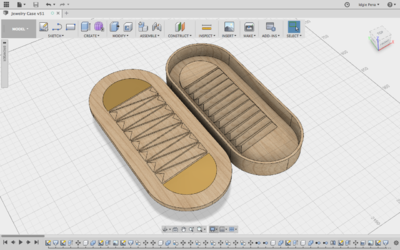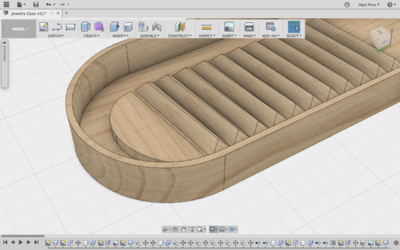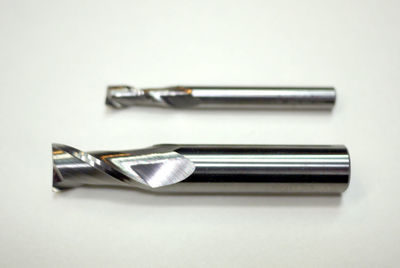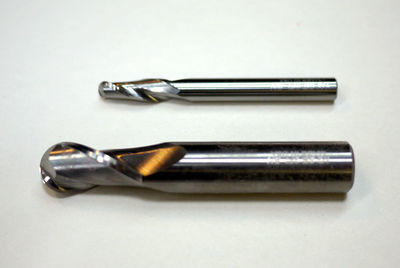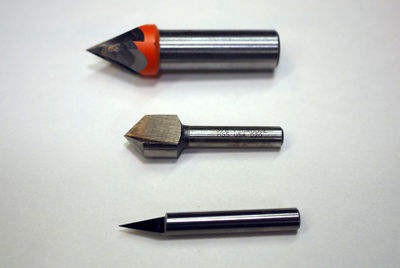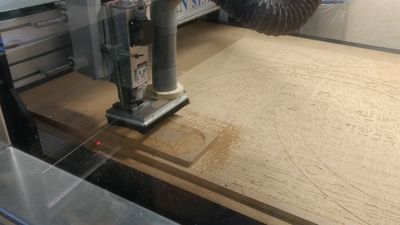User:Idgie
Statement
Wood carving is one of the oldest techniques of humankind, used both to create utilitarian objects and more decorative or symbolic figures. Throughout the last centuries, beautifully intricate patterns have been carved into cabinets, tables, beds and other pieces of wooden furniture. But because it is such a difficult and time-consuming craft, the objects created are often expensive and out of reach for most consumers. The development of style also happens very slowly and I identified an opportunity in finding a carving aesthetics that better suits the contemporary market. My proposal for this project is to adapt the wood carving technique to new industrial machinery - more specifically CNC milling - and also to develop a contemporary style of carving, creating designed objects that combine the best of craft and technology.
I started my research looking for contemporary projects that had a somewhat similar proposal. I came across the work of the Swedish designers Mattias Rask and Tor Palm of Glimpt, who traveled to the village of Yungay in Peru to research the techniques used by woodworkers at a workshop run by a local voluntary organization, Artesanos Don Bosco. They designed a range of contemporary tables that make use of the facilities provided to artisans, who are taught furniture-making skills to encourage them to stay and work locally, rather than moving to the cities. For me it was a strong reference of a contemporary style of carving, and also a very tangible way of joining craft and design.
This project made me realize there are at least two different ways of combining digital technologies and craft. What the designers did in this case was using their skills and their knowledge of aesthetics and consumer market to create objects that would be handcrafted in a developing country but could fit well in a broader market, improving the artisan's financial situation. Probably the stools/tables were first designed in a 3D modeling software and then hand carved. In this case, the main method of production is still hand carving, and the results are products that, exactly because they are handmade, can be presented as exclusive and high end. I believe this kind of approach can bring many social benefits for the countries where the production is placed, but it's not aimed at creating more accessible products for the market.
That would be the goal of the second approach - the one I chose, in this case -, which is using new technologies to create results that, until now, could only be handmade. Using a CNC machine involves a relatively long time of programming - for this project it took around 2h - but after that, the milling can be carried on automatically in a much faster way than a human could, making mass production possible.
Still on contemporary projects, I also found the Havet cabinet, designed by the Swedish studio Snickeriet. The cabinet is first built from pine, and then the exterior surface is completely chiseled by hand, giving each piece a unique pattern inspired by nocturnal ocean storms. What I found interesting about this project is that the pattern designed is very organic and irregular, but when applied in the whole surface creates a soothing effect.
After researching what's being done with carving nowadays, it was the time to develop my own design. I wanted to understand better how hand carving was done and the different styles developed through the last centuries, since I believed the craftsmanship was a good place for looking for inspiration when creating my own pattern. I borrowed two books, one about techniques for carving in different sort of materials and one specifically about wood carving. One interesting thing I read was about how the lighting interferes with how we perceive carved designs, and that many wood carvers replicate in their studios the light from where the work will be placed. I also found many interesting patterns with very different styles:
I found the chip carving style (last picture above) very interesting because even though it has been done for centuries it looks to me very current. Though apparently originated by natives of the South Sea Islands, it has appeared in widely separated parts of the world, and is best knows as Scandinavian, Frisian or Pennsylvania Dutch technique. All the patterns are derived from triangles and circles and most of the designs are relatively uniform. I also really enjoy working with geometry and basic shapes so it felt like a good source of inspiration.
Fictional Past
One change I did however was developing a pattern in relief instead or
Re-interpretation
When I chose the cabinet as inspiration, what motivated my choice the most was my fascination for the carving technique. So I formulated the proposal of creating a contemporary carved design, and it was also important to me that the object had some relationship with the cabinet. So when I was researching about carving I realized that it had a lot to do with social meaning and status, that a person who owned that kind of cabinet, that takes maybe years to be crafted, has to possess a lot of richness - cultural and material. And it made me wonder about what kind of things were once inside that cabinet, that they were probably also of value because they were kept in such a special container. So when I translated those thoughts into our contemporary context, I thought about how we use jewelry as symbols of beauty, value and wealth. So I decided to design a jewelry box, which is also a container, as is the cabinet.
Both the box and the lid were sculpted from solid pieces of oak. When in real production I would, however, use a wood bending technique [1] to make the walls of the box, since this creates a way more strong structure than carving from a solid block. Once I had the design ready I wanted to be able to achieve very sharp lines in the patterns, so I consulted with the digital station and we came to three steps. First a roughing path with a flat bit that takes most of the material out.
Then a ballpoint bit that is more precise and takes smaller portions of the wood.
And at last an angular bit that only traces the edges of the pattern.
If the box was industrially produced there would also be an extra step with a sanding bit, to smooth the surface and erase the marks of the bits.
